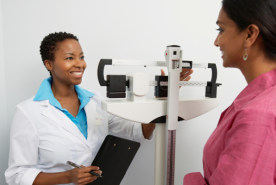Kidney Topics
Fluid Overload in a Dialysis Patient
Fluid overload in dialysis patients occurs when too much water builds up in the body. It can cause swelling, high blood pressure, breathing problems, ...
Treatments and therapies,
Diseases and conditions,
Dialysis,
Signs and symptoms,
Fluid overload and edema









